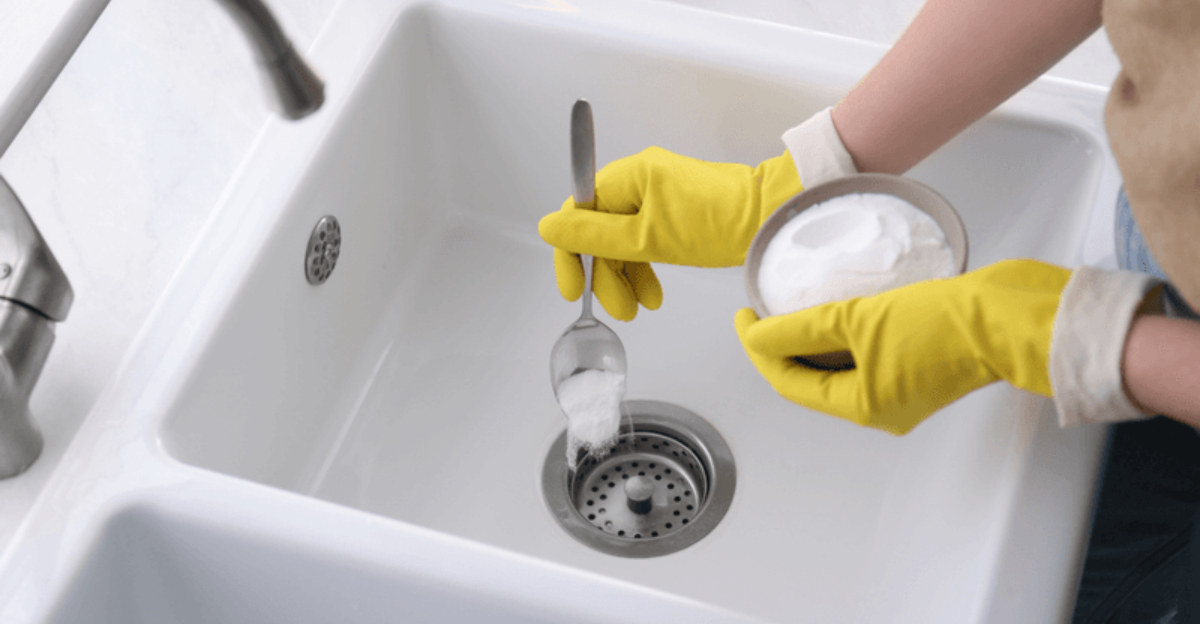Ever walked into someone’s house and immediately noticed how amazing it smells? That signature home fragrance isn’t accidental—it’s crafted through consistent habits and clever tricks.
Some people just seem to have a knack for maintaining homes that smell incredible all the time. Below are the everyday practices of fragrance-savvy homeowners, plus bonus techniques to elevate your home’s scent profile even further.
1. Empty Trash Daily
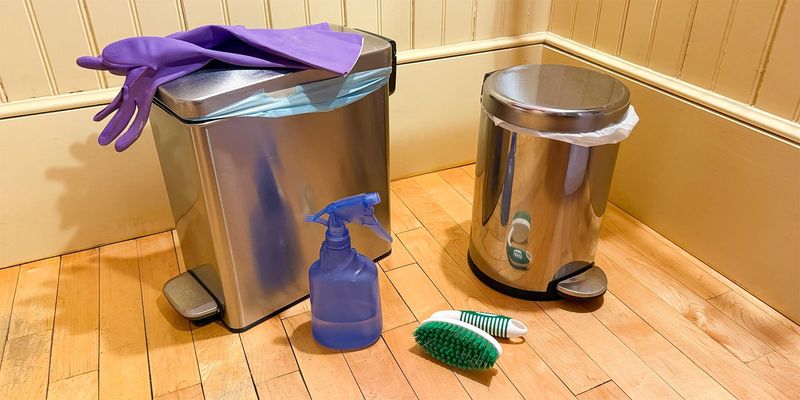
Garbage creates odors faster than almost anything else in homes. Smart-smelling homeowners never let trash linger overnight, especially food waste that quickly turns funky.
Morning routines include a quick trip to outdoor bins, eliminating yesterday’s potential stink sources before they permeate living spaces. This simple five-minute habit prevents odors from settling into furniture and fabrics.
2. Vacuum With Scented Additives
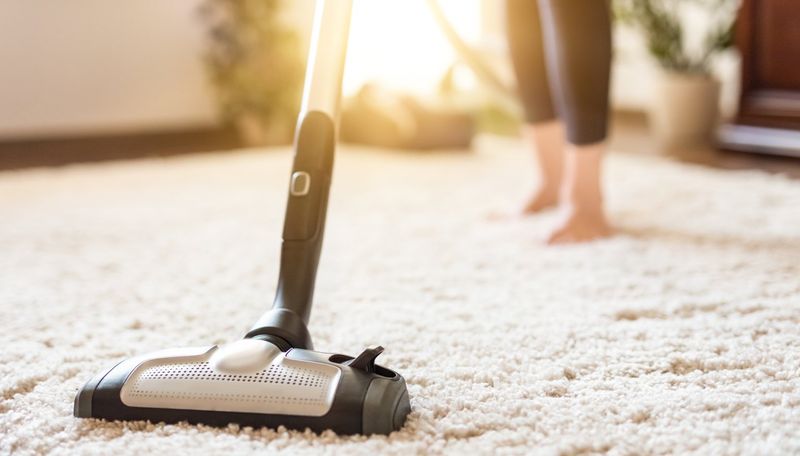
Sprinkling carpet powder or adding essential oil drops to vacuum filters transforms cleaning into scent-distribution. The heat from running motors activates fragrances, pushing them throughout rooms. Lavender, eucalyptus, and citrus oils work beautifully for this purpose.
Vacuuming corners and upholstery becomes double-duty: removing dust particles while simultaneously refreshing fabrics with subtle, clean aromas.
3. Run Vinegar Cycles Through Appliances
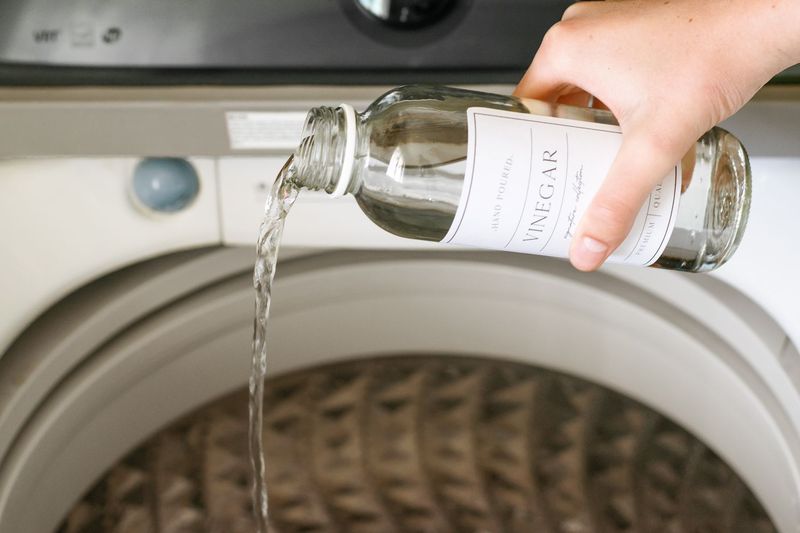
Dishwashers, washing machines, and coffee makers harbor hidden mildew and food particles. Monthly vinegar cycles eliminate lurking odor sources where moisture meets organic matter.
Pour two cups of white vinegar into empty machines and run hot cycles. Don’t worry about vinegar smell—it disappears completely when dry, taking musty odors along with it. Clean appliances mean fewer competing scents in living spaces.
4. Maintain Consistent Humidity Levels

Mold grows in damp environments while dry air fails to hold pleasant scents. Homes with perfect fragrance maintain 40-60% humidity year-round using monitors and appropriate equipment.
Humidifiers in winter add necessary moisture; dehumidifiers in summer prevent mustiness. Balanced moisture levels allow fragrances to disperse naturally without competing with musty undertones or disappearing into parched air.
5. Wash Fabrics Regularly
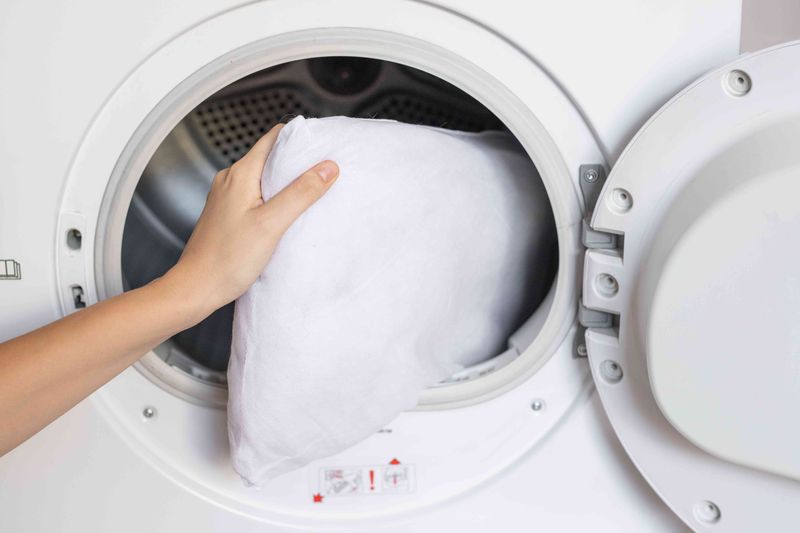
Curtains, throw pillow covers, and blankets absorb cooking odors, pet smells, and body oils. Fragrance-focused homeowners launder fabric items monthly, preventing accumulated odor molecules from becoming permanent residents.
Even items that don’t appear dirty need freshening. Adding half-cup baking soda to wash cycles neutralizes deeply embedded smells rather than masking them, creating truly clean fabrics instead of perfumed but still-musty textiles.
6. Clean Drains Weekly

Bathroom and kitchen drains harbor slimy biofilm that generates persistent odors. Pour boiling water down drains weekly, followed by baking soda and vinegar for deeper cleaning. Shower drains need special attention—hair and soap scum create particularly unpleasant smells.
Removing drain covers and clearing visible debris prevents subtle sewer gases from wafting upward, maintaining bathroom freshness even with closed doors.
7. Strategically Place Houseplants
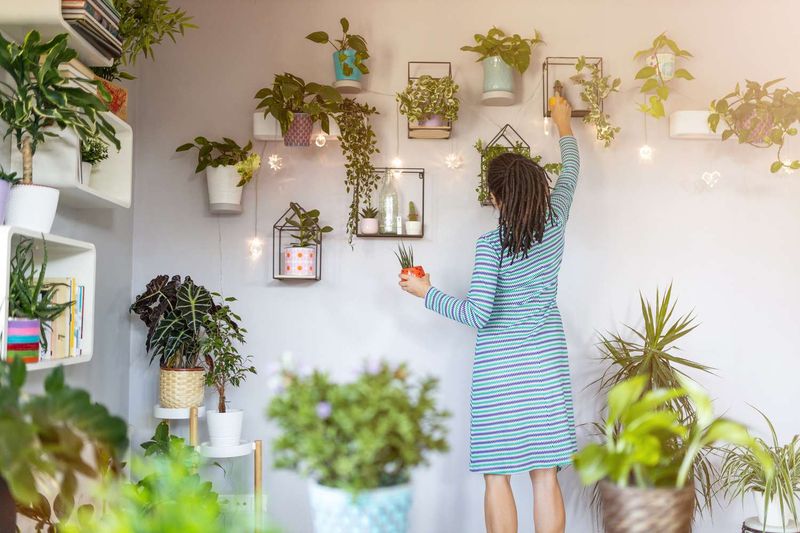
Certain houseplants naturally purify air while adding subtle fragrance. Peace lilies filter toxins and produce delicate blooms, while eucalyptus releases gentle aromatic oils when leaves rustle.
Herbs like rosemary and mint serve double duty—beautiful living decor that releases essential oils when leaves are lightly touched. Scent-conscious homeowners place plants near entryways and high-traffic areas for maximum air-purifying impact.
8. Simmer Stovetop Potpourri

Rather than covering odors with commercial air fresheners, fragrance-savvy people create authentic scents using natural ingredients. Small pots of simmering water infused with citrus peels, cinnamon sticks, and vanilla create signature home fragrances.
These subtle potpourris run for 30 minutes before guests arrive, establishing pleasant background notes without overwhelming sensitivity. The steam also adds beneficial humidity while distributing gentle aromatics throughout connected rooms.
9. Freeze Smelly Items
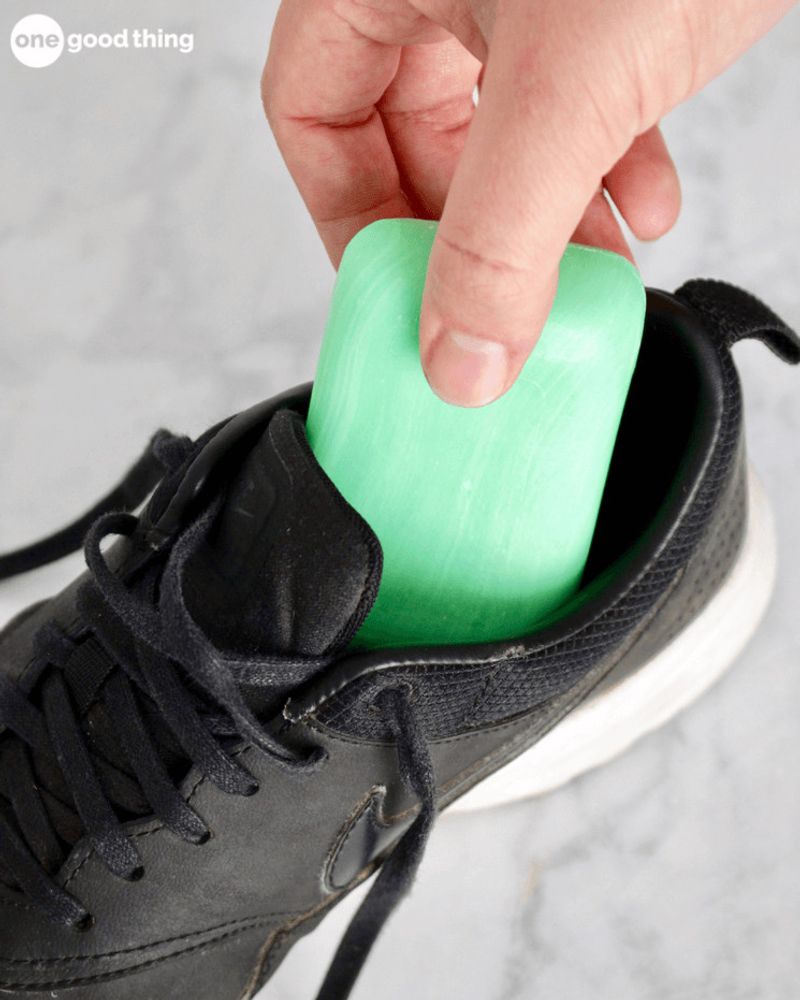
Freezing kills odor-causing bacteria on items that can’t be washed. Smelly shoes, stuffed animals, and certain clothing pieces transform after overnight freezer sessions. Seal items in plastic bags, freeze for 24 hours, then allow to return to room temperature.
Bacteria die in extreme cold, eliminating odor sources rather than masking them. Particularly effective for gym shoes and children’s beloved toys that rarely get proper cleaning.
10. Create Reed Diffuser Stations
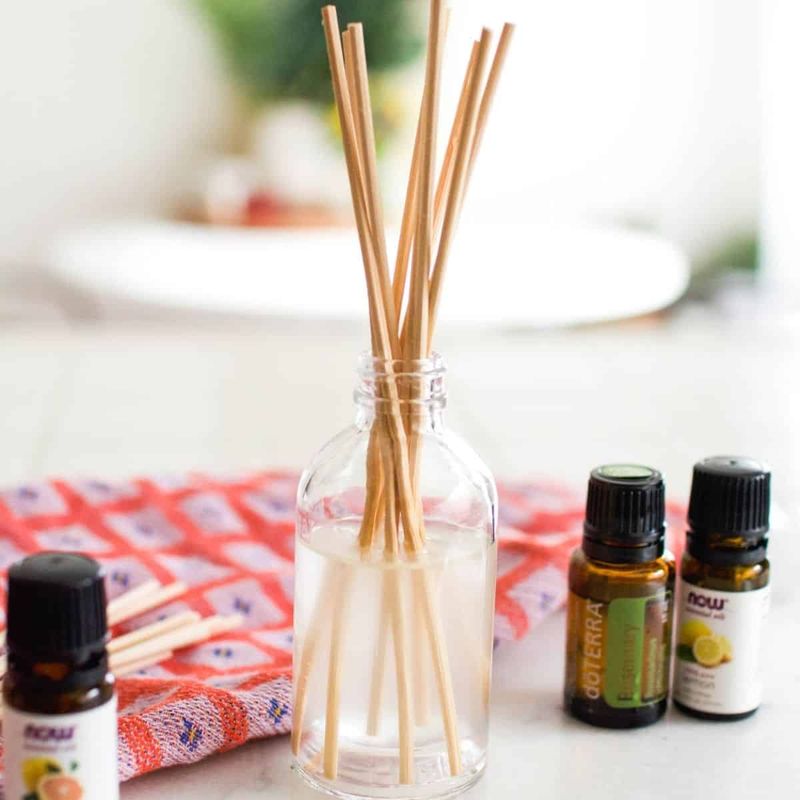
Commercial reed diffusers often contain synthetic fragrances. Craft personalized versions using vodka, essential oils, and bamboo skewers for continuous, subtle scenting without flames or electricity. Mix 1/4 cup vodka with 20-30 drops preferred essential oils in small decorative bottles.
The alcohol carries scent up reeds without competing fragrances. Position multiple stations throughout living spaces, varying scent profiles for each room’s purpose.
11. Scatter Dried Herbs Under Fitted Sheets
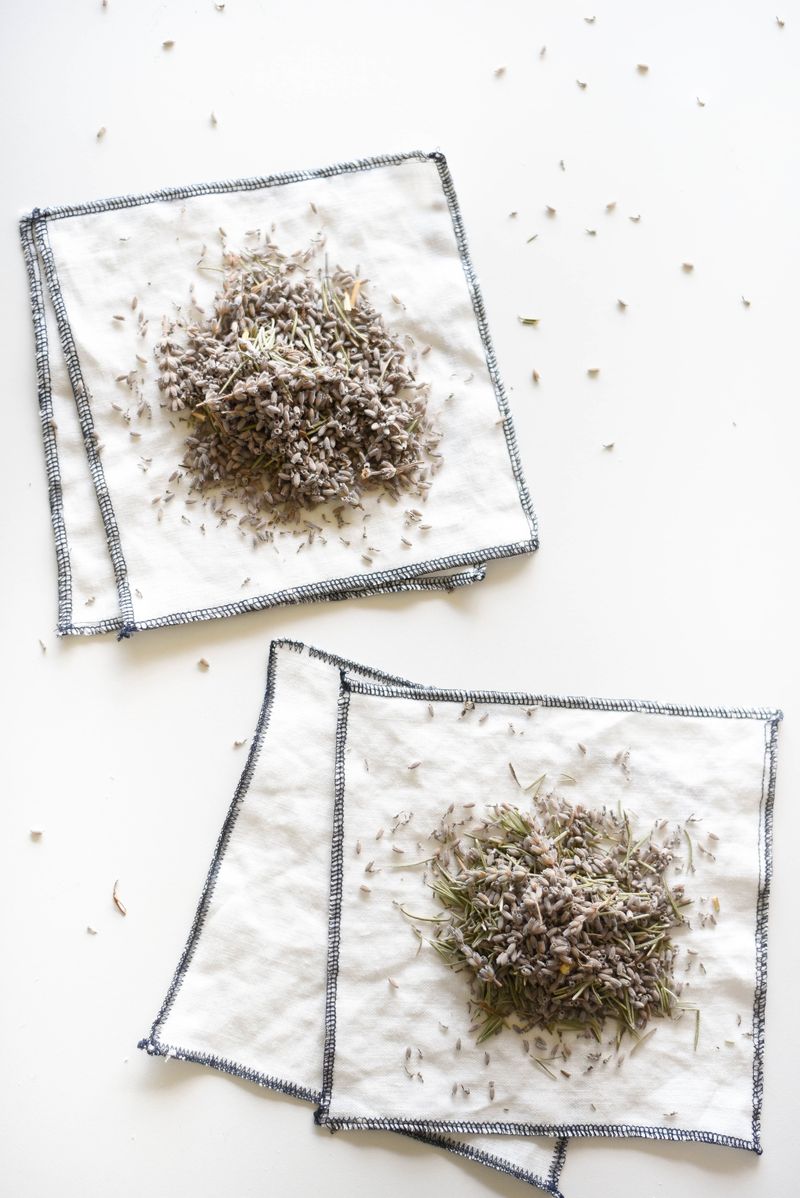
Lavender, chamomile, and rose petals crushed between fingers release oils directly where bodies generate heat. Sprinkle dried herbs between mattress and fitted sheet for subtle aromatherapy during sleep. Body warmth activates herb oils gradually throughout night hours.
Morning sheet changes become mini aromatherapy sessions, releasing fresh bursts of botanical scents. Particularly effective with lavender, known for promoting deeper sleep while gently perfuming bedrooms.
12. Refresh Carpets With Citrus Peels
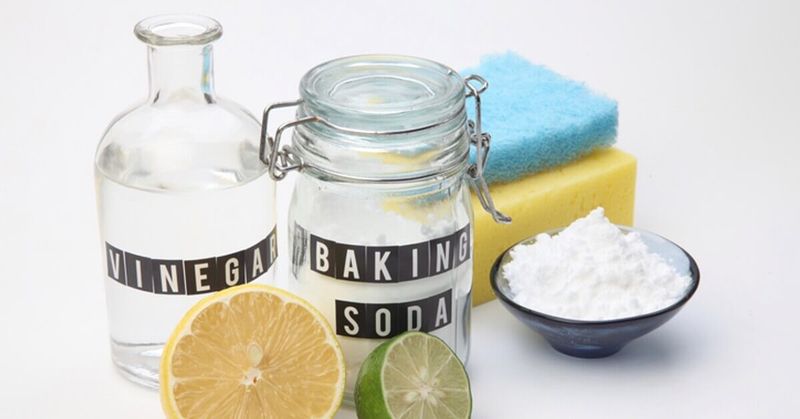
Grinding dried orange, lemon, or grapefruit peels creates powerful natural carpet refreshers. Combine ground peels with baking soda, sprinkle over carpets, and vacuum after 30 minutes.
Citrus oils trapped in peels contain powerful deodorizing properties and leave behind subtle, clean scents. Save peels after eating fruit, dry completely on paper towels, then process in coffee grinders reserved for non-food items.
13. Hang Eucalyptus Bundles in Showers
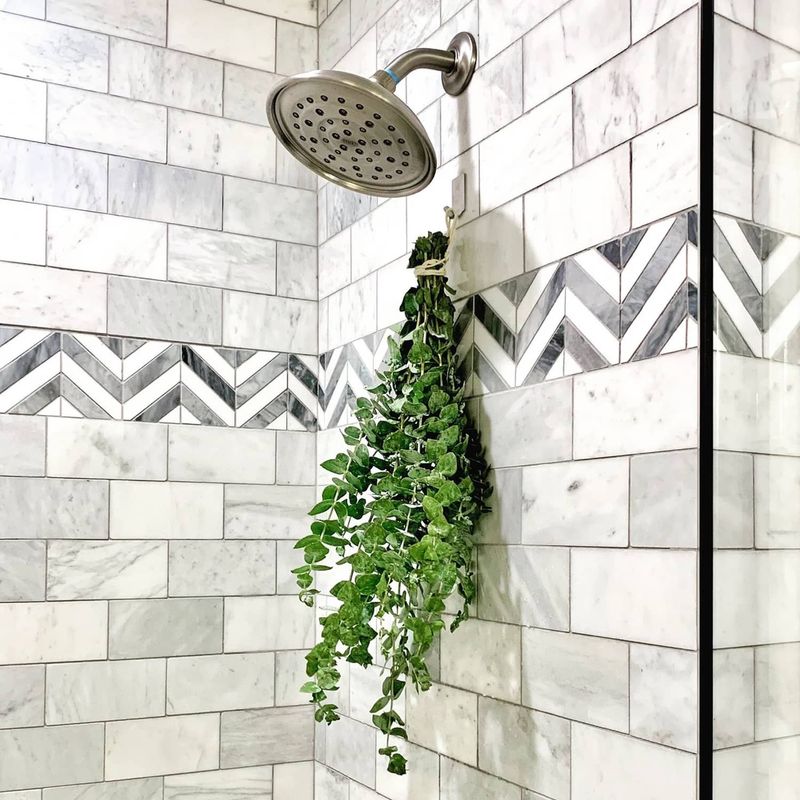
Fresh eucalyptus branches release aromatic oils when exposed to steam. Hanging small bundles from shower heads transforms ordinary bathing into spa-like experiences while naturally scenting bathrooms.
Bundles last approximately two weeks before needing replacement. The gentle eucalyptus scent opens sinuses, creates perceived cleanliness, and lingers subtly throughout connected rooms. Particularly effective in smaller homes where bathroom doors remain open.
14. Place Vanilla Pods in Vacuum Canisters
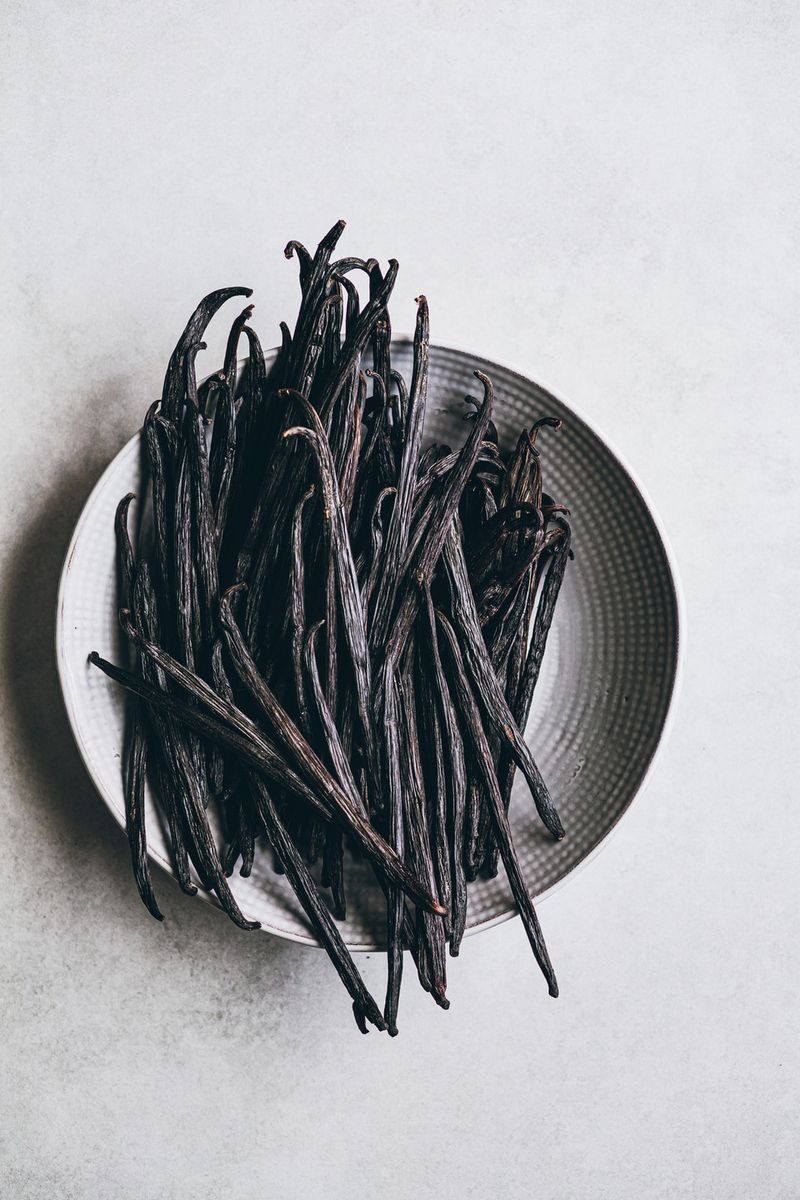
Split vanilla pods stored in vacuum cleaner bags or canisters disperse warm, subtle fragrance during cleaning sessions. The fan mechanism distributes vanilla particles throughout rooms, creating a freshly-baked ambiance.
One pod lasts approximately three months before needing replacement. Unlike powdered additives, vanilla pods don’t affect vacuum performance or leave residue on floors. A particularly clever trick for homes with pets where frequent vacuuming is necessary.
15. Create Scented Wood Blocks
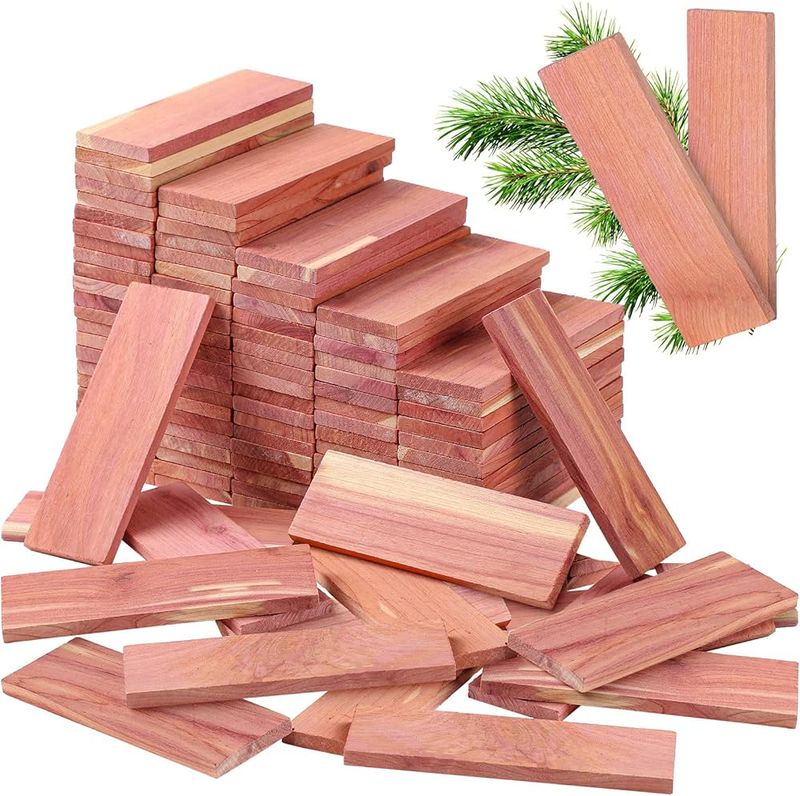
Small cedar or pine blocks soaked in essential oils become portable fragrance dispensers. Place inside drawers, closets, and storage containers where air fresheners wouldn’t fit. Soak blocks overnight in favorite oils, then position strategically throughout living spaces.
Wood gradually releases absorbed scents for weeks. Cedar blocks work double-duty, naturally repelling moths while providing subtle, woodsy fragrance to clothing and linens.
16. Rotate Seasonal Fragrances

Nose blindness happens when exposed to same scents continuously. Creating seasonal fragrance rotations prevents olfactory fatigue while keeping homes perpetually fresh-smelling to both residents and visitors. Citrus and herbal scents work beautifully in spring and summer. Transition to spicier, woodsier notes during fall and winter months. The contrasting seasonal shifts prevent fragrance adaptation while creating memorable atmospheric signatures throughout the year.
17. Utilize Coffee Grounds After Brewing
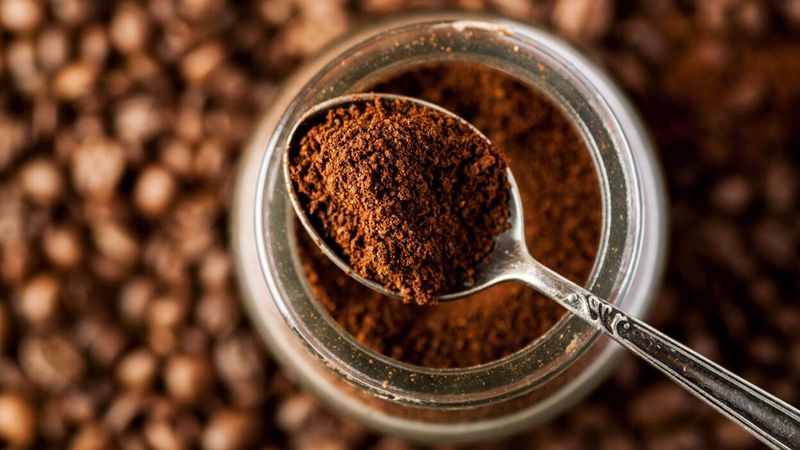
Used coffee grounds neutralize powerful odors in refrigerators, garbage disposals, and trash bins. Small bowls of dried grounds absorb ambient odors while adding subtle coffee undertones. After brewing morning coffee, spread grounds on baking sheets to dry completely.
Store in uncovered containers wherever odors accumulate. Coffee’s nitrogen content makes grounds particularly effective against fishy, eggy, or sulfurous smells that resist other neutralizing methods.

